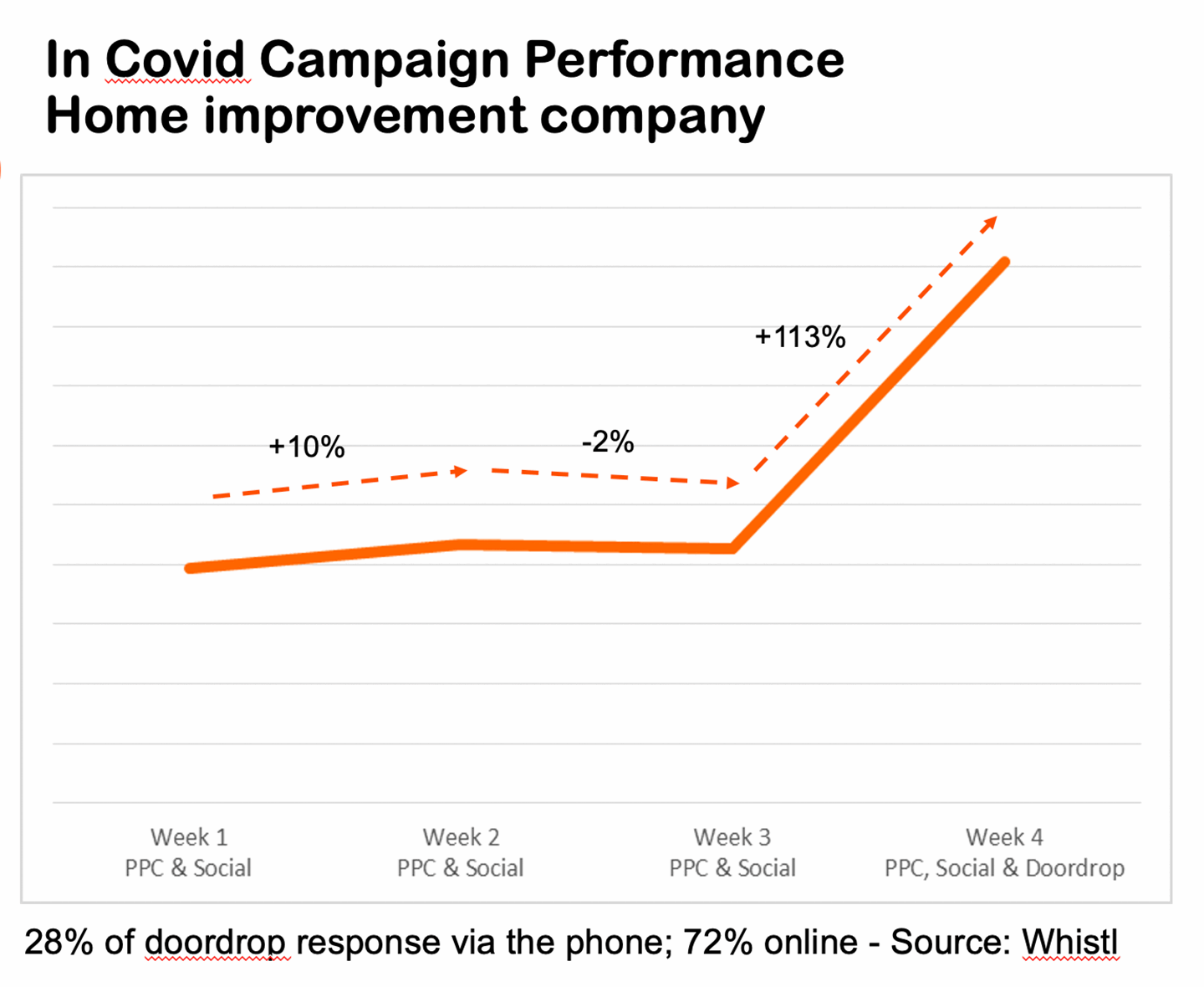With most stores closed and a large proportion of people working from home, many have more time to pick up the post and browse through catalogues.
As a result more catalogues are dropping on doormats this year as brands try to get an edge on competitors by going beyond digital ads and emails and putting beautifully photographed pictures of products directly in front of potential shoppers.
Argos, which ditched its main catalogue this summer, has published a Christmas gift guide and posted it to 1 million customers’ homes for the first time.






